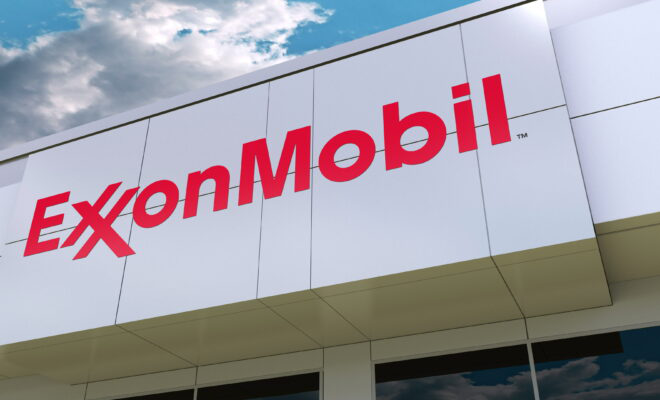KEY POINTS
- ExxonMobil is using drones and 3D sonar to improve inspections and safety at its Angolan offshore operations.
- The technologies cut inspection time by 60% and provide real-time, high-accuracy data.
- The company plans to scale up with AI robotics, digital twins, and remote operations using 5G and Starlink.
The U.S. energy major claims that ExxonMobil’s deployment of drone-based inspection systems and sophisticated sonar imaging throughout its offshore operations in Angola will significantly increase safety, reduce downtime, and improve data accuracy.
The program demonstrates how, in one of Africa’s most competitive oil frontiers, oil companies are increasingly depending on digital technology to maintain production.
Ahead of the Angola Oil & Gas Conference in Luanda, the company, which invests roughly $1 billion a year in research and development, demonstrated its new tools during a pre-conference session.
Drones are taking the place of rope-access inspection crews, enabling operators to survey hazardous infrastructure without putting workers in danger, according to Vera Veloso, Integrity Engineering Supervisor at ExxonMobil.
Drones and 3D sonar reshape traditional inspection models offshore
“These drones are able to reach areas that pose risks to humans, and they can do it without requiring operations to shut down,” Veloso said. “It means safer, faster and more efficient inspections.”
According to ExxonMobil, drone inspections are 60% faster than traditional methods, which reduces expenses and disruption. Additionally, the technology has increased data accuracy, facilitating speedier maintenance and repair decision-making.
Simultaneously, the business is conducting surveys in low visibility using 3D sonar imaging, also referred to as echoscope technology. ExxonMobil can validate dimensions, identify anomalies that might otherwise go overlooked, and monitor infrastructure in real time by using sound pulses to map trenches and pipelines.
ExxonMobil owns interests in three deepwater blocks in Angola totaling almost two million acres, including Block 17 and other legacy properties. The company says it is getting ready to scale up with AI-driven robotics, autonomous digital twins, and improved connectivity using 5G and satellite systems like Starlink. The use of drones and sonar is only the beginning.
These technologies may open the door for AI-powered predictive maintenance, unmanned offshore rig inspections, and real-time monitoring from distant hubs—a strategy that is anticipated to lower operating costs and increase resilience to market volatility.



